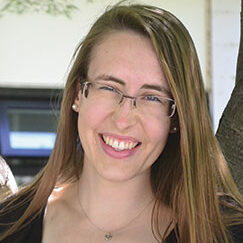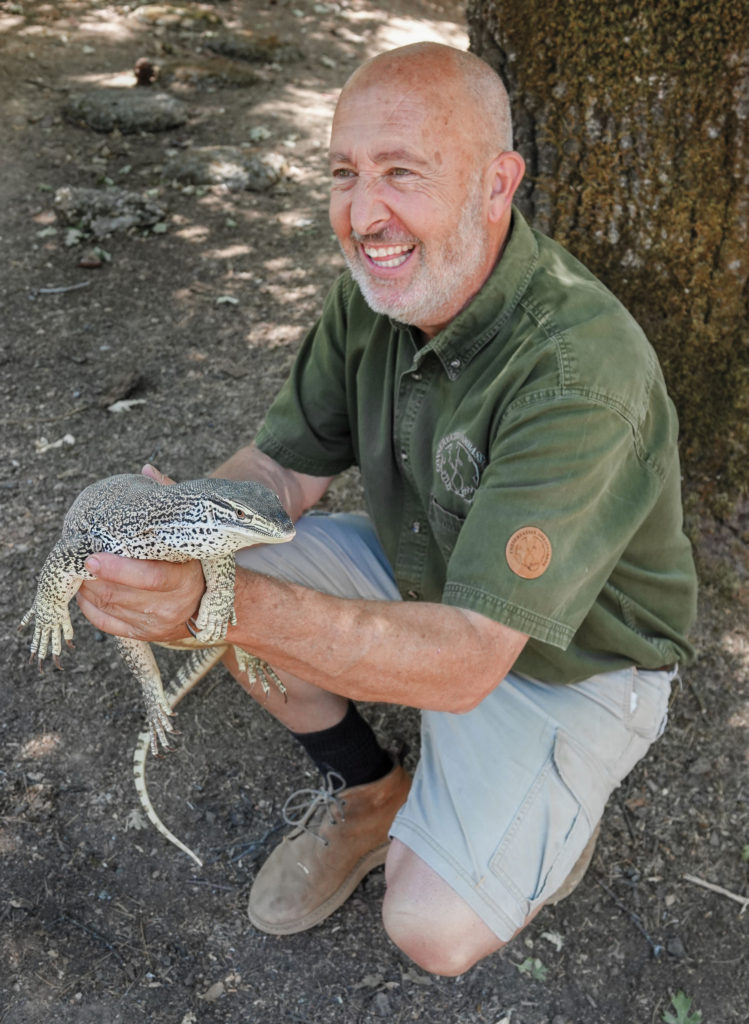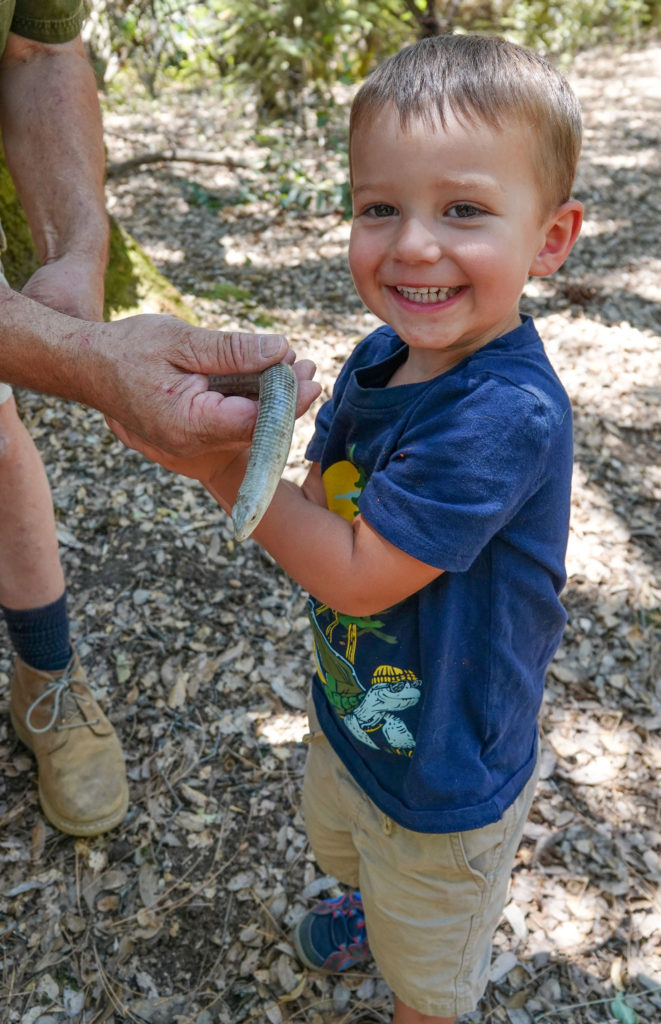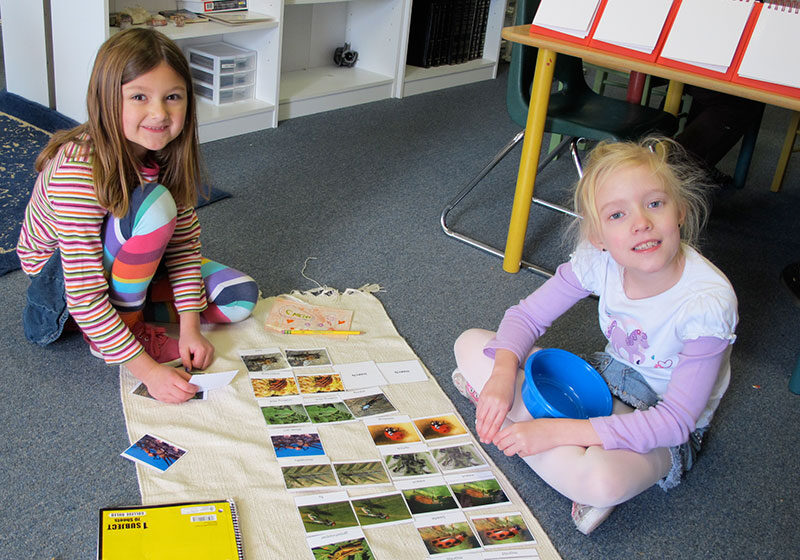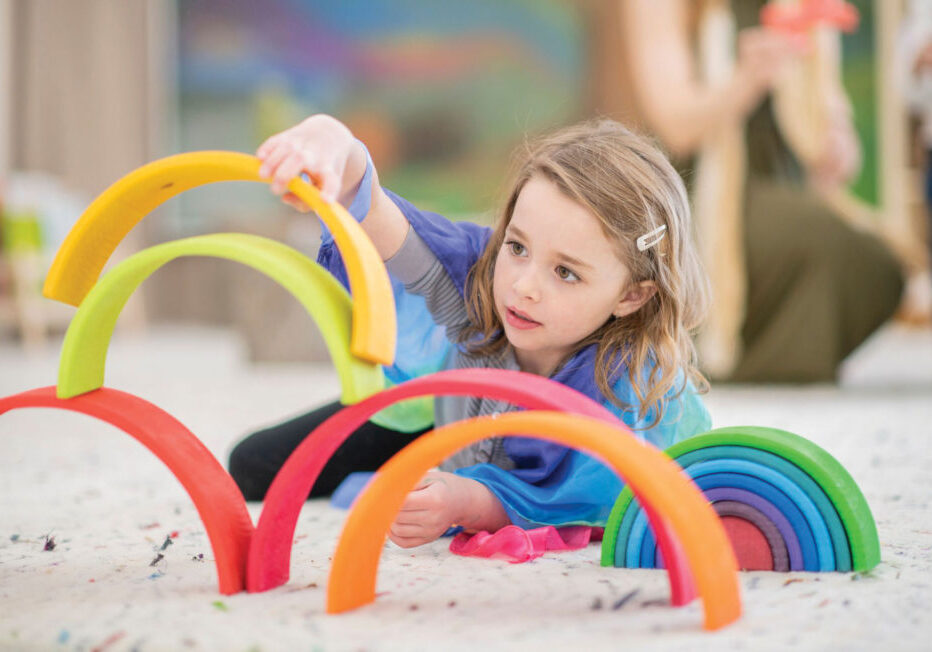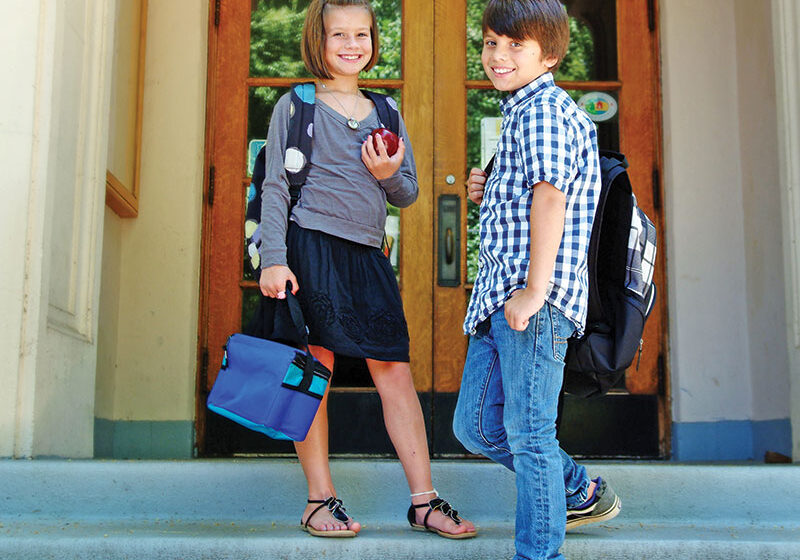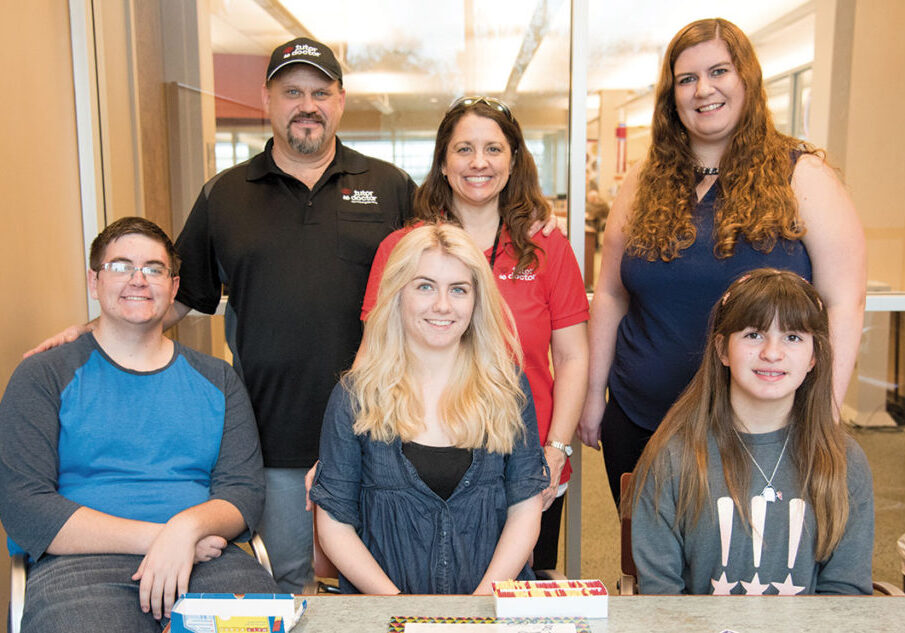A nonprofit animal rescue
Your classmates may have been wild, but if you grew up in the North State, you probably made it through your entire academic career without so much as glimpsing an Australian kangaroo or an African serval on campus. Your child’s educational experience, however, may prove rather more exotic with a little help from Wild Things, a nonprofit animal rescue based in Weimar, CA.
Since 1987, Conservation Ambassadors’ Wild Things has brought animals from around the world into California classrooms and school assemblies. Now, thanks to COVID-induced creativity, Wild Things can reach more children than ever with the wonders and wiles of nature through virtual events in addition to traditional in-person assemblies.
A global excursion, from our backyard to the Amazon
For the 2021-22 school year, Wild Things will offer five fascinating and formative educational programs. The North American Wildlife program features creatures like raccoons, opossums, and bald eagles. Beasts of the Backyard brings in North State natives like deer and grey foxes. The Amazon Rainforest program starts with the tarantulas that roam the rainforest floor and travels up to the capuchin monkeys that rule the rainforest canopy. The Reptile Program stars scaly lizards, green iguanas, and even (if you’re lucky!) an American alligator. The Animals of the World program takes students on a global excursion through the eyes of animals from five continents.
Regardless of the emphasis, each program engages children and adults alike with amusing anecdotes and interactive conversations. Audiences learn about the natural history of each featured species and how it survives alongside humans, with or without conservation efforts.
Stories of rescue and rehabilitation
Students also learn about the animal ambassadors’ individual stories of rescue and rehabilitation. Currently, about 150 animals live at the Wild Things rescue center. Some sustained injuries from hunters or were hit by cars, while others grew up as illegal household pets. “Wild creatures aren’t pets, and when they live in captivity they aren’t where they belong,” says Gabe Kerschner, founder and director of Wild Things. “It’s important to us that kids know how the animals came to us and why they can’t be released into the wild.”
Over the years, countless children have discovered their passion for the planet at Wild Things presentations at schools, camps, and libraries. “I’ve bumped into people who are now wardens with the California Department of Fish and Wildlife, or biologists,” Gabe says. “One day, the young man making my sandwich told me he was on his way to join the Peace Corps because of one of our presentations at his school!”
 Valuable perspectives and steps toward protecting animals
Valuable perspectives and steps toward protecting animals
But what about those who will never pursue a degree in zoology or join the Peace Corps? Becki Brunelli, one of the educators and animal keepers at Wild Things, says everyone at a presentation comes away with something valuable. Each program provides new perspectives and practical action steps toward protecting animals and the environment. It might be a new appreciation for misunderstood animals like turkey vultures or cockroaches. It might be a commitment to conserving water, recycling, or not littering. “Some people take it further, but you can always start small,” Becki says. “We want people to know they’re not helpless.”
Summarizing a quote by conservationist Baba Dioum, Gabe says, “We only conserve what we love, and we only love what we understand. When people learn about these animals, they are much more likely to become proponents—even for creatures like rattlesnakes—than to live in fear of them.”
How to bring Wild things to your school
Bring Wild Things to your school, day camp, or library! Fill out an interest form at wildthingsoutreach.org, email programs@wildthingsoutreach.org, or call (530)878-2618. All programs are offered in person (with COVID-19 safety measures) or as live virtual events prepared just for the host school.
Posted in: Education
Comment Policy: All viewpoints are welcome, but comments should remain relevant. Personal attacks, profanity, and aggressive behavior are not allowed. No spam, advertising, or promoting of products/services. Please, only use your real name and limit the amount of links submitted in your comment.


